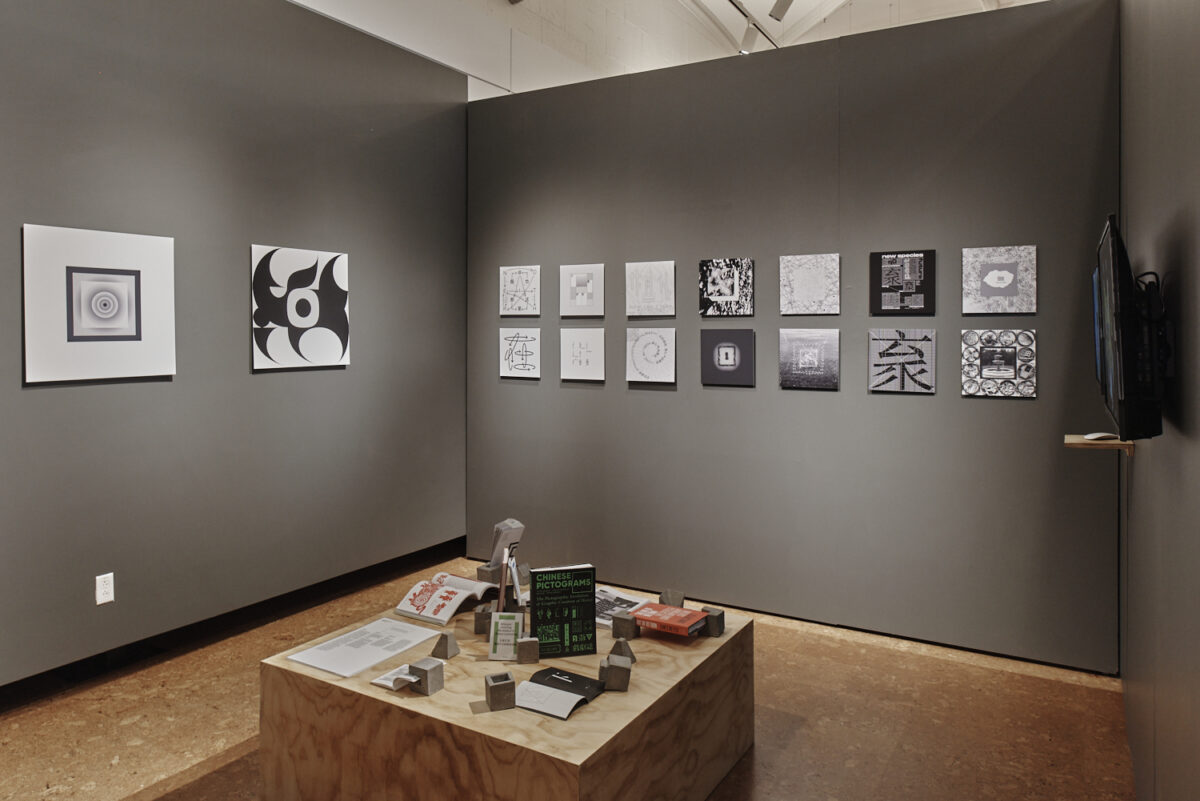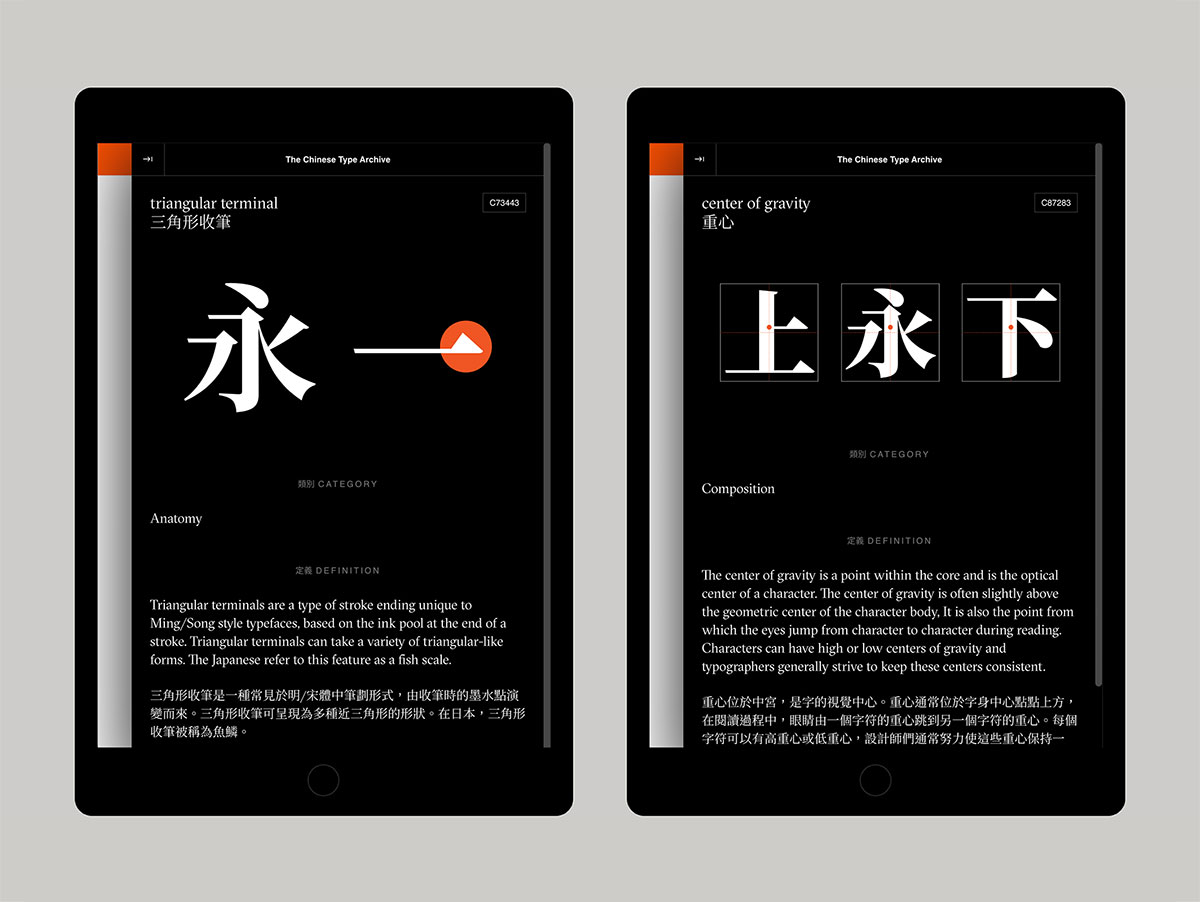Mary Y Yang
Assistant Professor
Boston University
Radical Characters is a study group and curatorial project that explores the relationship between design and culture in the Chinese and Chinese American community. Each project seeks to decentralize the design canon and to co-build history and community by initiating dialogues through educational experiences. Looking beyond Western design pedagogy, Radical Characters studies Hanzi as a point of inquiry to learn, innovate, and study graphic design from a non-linear approach. Radical Characters looks to projects such as Decolonising Design and the People’s Graphic Design Archive that model methods for challenging practice, pedagogy, and contributions to the design field. The first project was “Radical Return,” an exhibition that draws inspiration from the Chinese character 回 hui, which means to return, to turn around, to circle or to reply. An international call for submissions prompted participants to use 回 as a grid—visually and conceptually—to consider a path they seek to retrace as Chinese or Chinese American designers. Thirty-six Chinese and Chinese American artists and graphic designers were selected to exhibit their graphic work simultaneously at Boston University Art Galleries and IS A GALLERY. The designers’ work accompanied with statements and additional commissioned essays were published in a bilingual catalog. The exhibition opened up a collective space for designers to explore the concept of return through language, typography, cultural traditions, identity, and design history. Radical Characters acknowledges that the works by no means form a complete picture of the multifaceted and complex narratives experienced by Chinese and Chinese American designers, but rather shape an in-progress collection site for building knowledge through the exchange of graphic design and culture. The exhibition presents a framework for a design curatorial process that instigates cultural dialogue among the participants and offers alternative ways for exhibition-making and the exhibition design process.
This design research was presented at Design Incubation Colloquium 9.2: Annual CAA Conference 2023 (Virtual) on Saturday, February 18, 2023.

